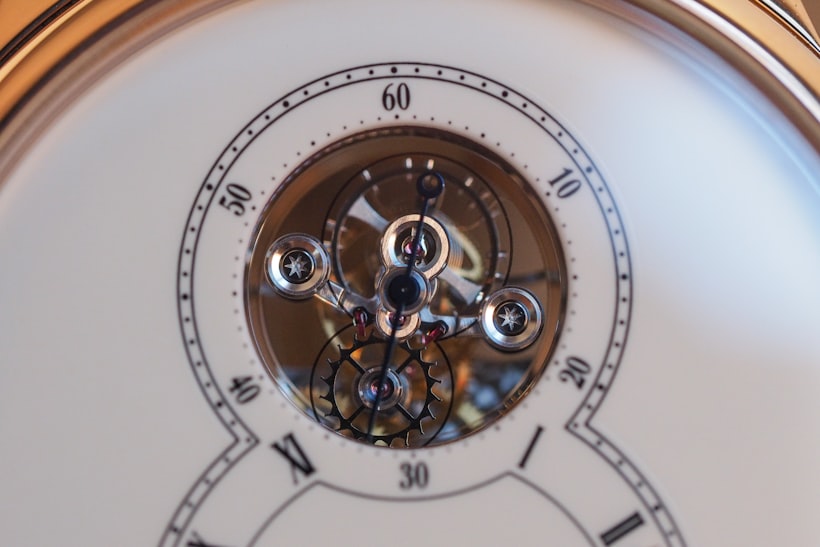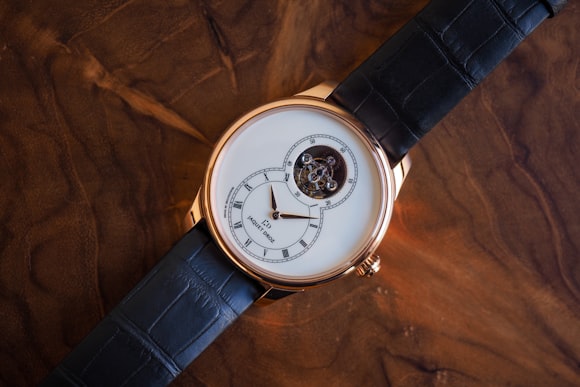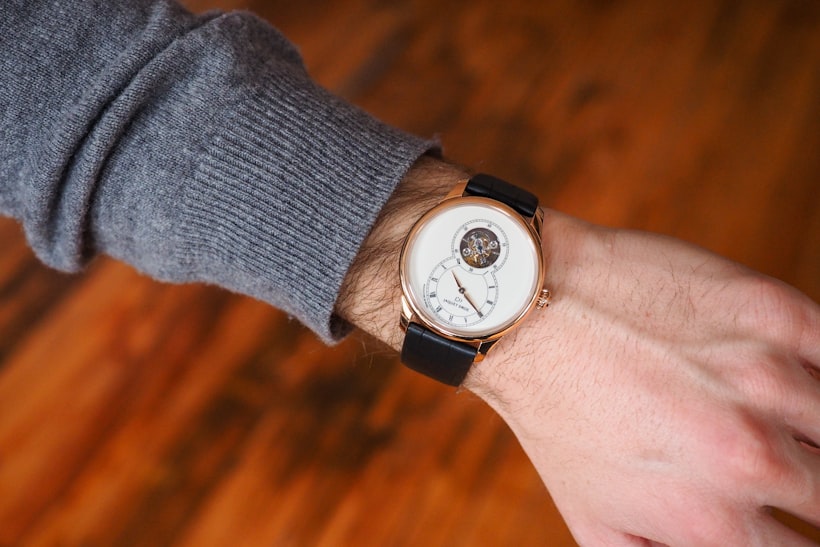Hands-On: The Jaquet Droz Grande Seconde Tourbillon Ivory Enamel (And What Is And Isn’t A Tourbillon)
By Jack Forster
Since tourbillons have become much more common since the end of the 20th century – largely due to modern manufacturing and assembly techniques that make it easier to achieve the precision necessary for them to work properly – now more than ever, it’s not so much a question of whether you can do it, but how well it’s done. With that in mind, let’s take a look at an unusual, and unusually designed, example of the tourbillon as a piece of wearable, high-craft, design: an objet d’art for the wrist from Jaquet Droz.
As always, with tourbillons it’s good to have some context for what you’re looking at. In this case, we’ve got a tourbillon that’s a little different from the usual run-of-the-mill tourbillon (to the extent that there is such a thing in the first place).
This is not the first self-winding tourbillon ever made, of course – that honor goes to Audemars Piguet, who created the still record-holding self-winding tourbillon, caliber 2870, which we wrote about not long ago in a fair amount of detail. They’re still not very common, though, which makes this a little off the beaten tourbillon path already.

Up above, you’re looking at what’s probably the most unusual feature of this particular automatic tourbillon wristwatch, at least from a technical standpoint: the tourbillon carriage. In most tourbillons, the balance staff (the central pivot for the balance) is on the same axis as the center of the cage, or carriage. In this configuration of the tourbillon, however, the balance is set off the center axis of the cage. This type of tourbillon first appeared in Blancpain’s watches, all the way back in 1989, and it was developed for that brand, and for the Swatch Group, by independent watchmaker Vincent Calabrese.
That movement was (and is) the Blancpain caliber 25; the movement used in this JD tourbillon is designated caliber 25JD. They’re not identical – there are different jewel counts and a different bridge layout – but they are both seven-day, self-winding tourbillons and it seems reasonable to speculate that the 25JD was probably developed from the BP caliber 25.

Calabrese’s brand and patents were acquired by Blancpain in 2008 and “joined the Blancpain team full time” as the Swatch Group’s …read more







